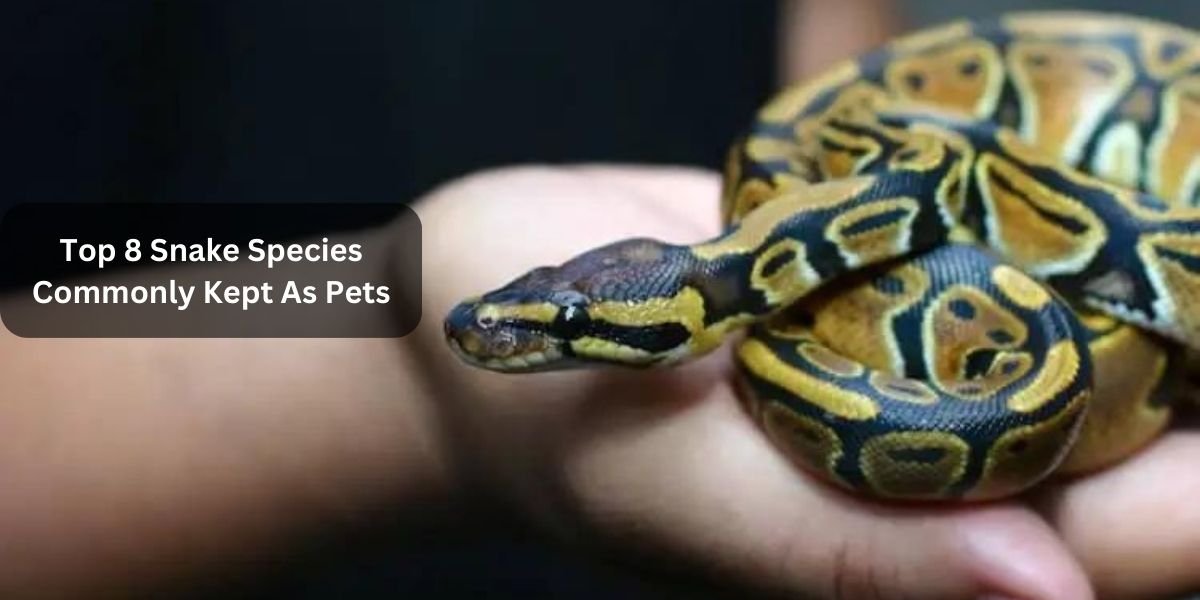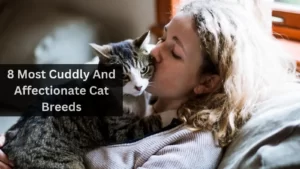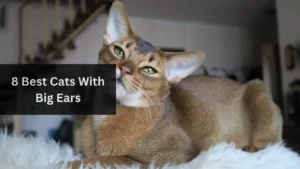Introduction:
For reptile enthusiasts and those fascinated by the world of herpetology, keeping snakes as pets offers a unique and captivating experience. While responsible ownership is paramount, certain snake species are well-suited for captivity due to their manageable size, docile nature, and ease of care. In this guide, we’ll explore the top 8 snake species commonly kept as pets, shedding light on their characteristics and considerations for aspiring snake owners.
Slithering Companions: A Guide to Popular Pet Snakes
Choosing the right snake species is crucial for a successful and enjoyable reptile-keeping experience. Let’s delve into the world of pet snakes and explore the top 8 species that have become favorites among enthusiasts.
Ball Python (Python regius)
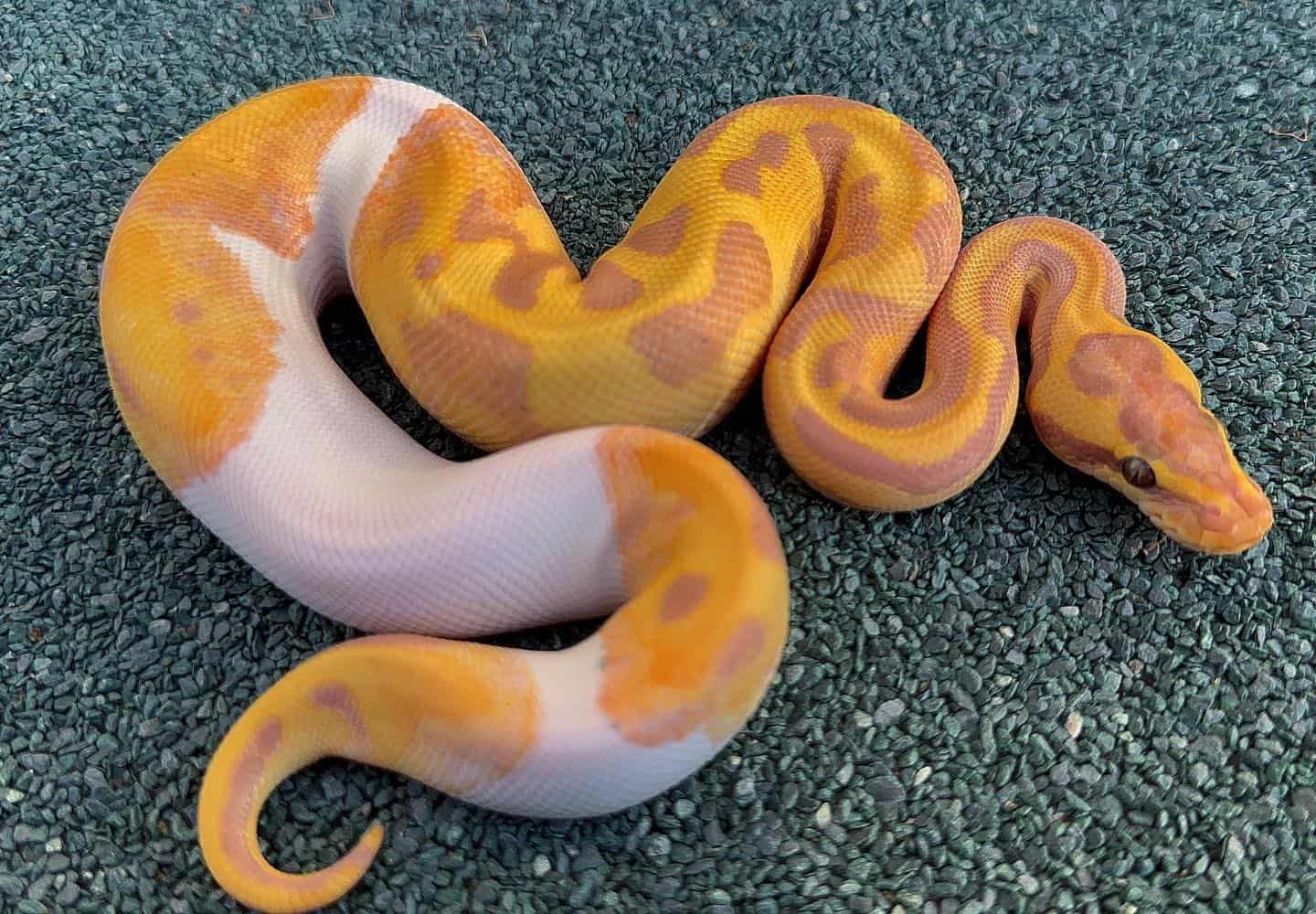
Ball Pythons, named for their tendency to curl into a ball when stressed or threatened, are one of the most popular pet snake species. Known for their docile nature and manageable size (typically 3 to 5 feet), Ball Pythons are suitable for both beginners and experienced snake keepers. Their striking color variations, ease of care, and calm demeanor make them an ideal choice.
Corn Snake (Pantherophis guttatus)
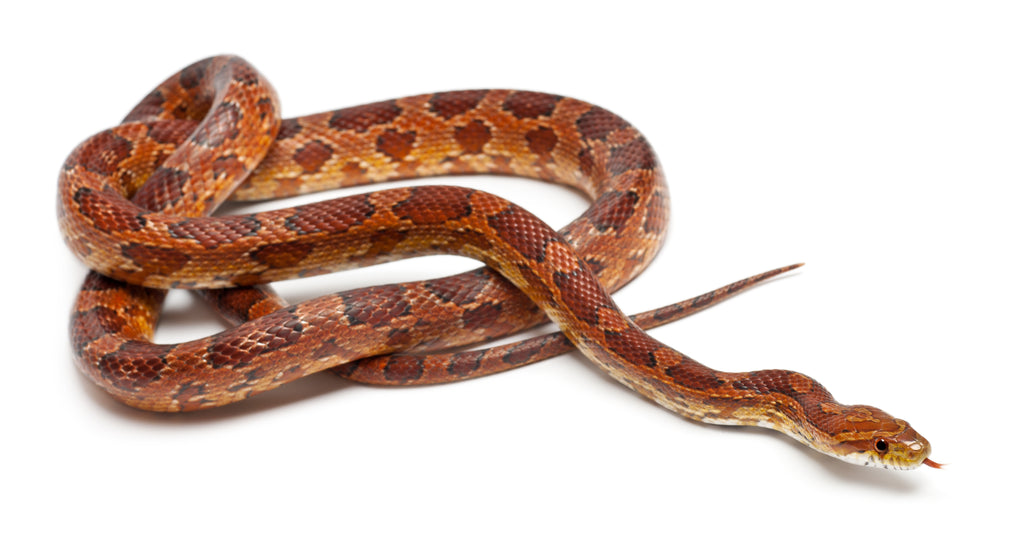
Corn Snakes are renowned for their vibrant patterns and relatively small size, typically ranging from 3 to 5 feet in length. These snakes have a gentle disposition and are easy to handle, making them suitable for novice snake owners. With proper care, Corn Snakes can thrive in captivity, making them a popular choice for those new to snake keeping.
California Kingsnake (Lampropeltis getula californiae)

California Kingsnakes are admired for their sleek appearance and distinct banding patterns. With a manageable size and calm demeanor, they are suitable for snake enthusiasts of various experience levels. Kingsnakes are also known for their resistance to certain snake diseases, adding to their appeal as pets.
Boa Constrictor (Boa constrictor)
:strip_icc()/boa-constrictor-501553860-7d2ff25326ec40e3825c3938e364a739.jpg)
Boa Constrictors are larger snakes that can range from 6 to 10 feet or more, depending on the subspecies. While their size may be intimidating to some, their docile nature and beautiful markings make them popular among experienced snake keepers. Boas require spacious enclosures and proper husbandry to thrive in captivity.
Garter Snake (Thamnophis sirtalis)

Garter Snakes are small to medium-sized snakes known for their slender bodies and distinctive markings. With a wide distribution across North America, Garter Snakes are appreciated for their active behavior and ease of care. While they may not be as commonly kept as other pet snake species, their unique characteristics make them intriguing choices for enthusiasts.
Rosy Boa (Lichanura trivirgata)
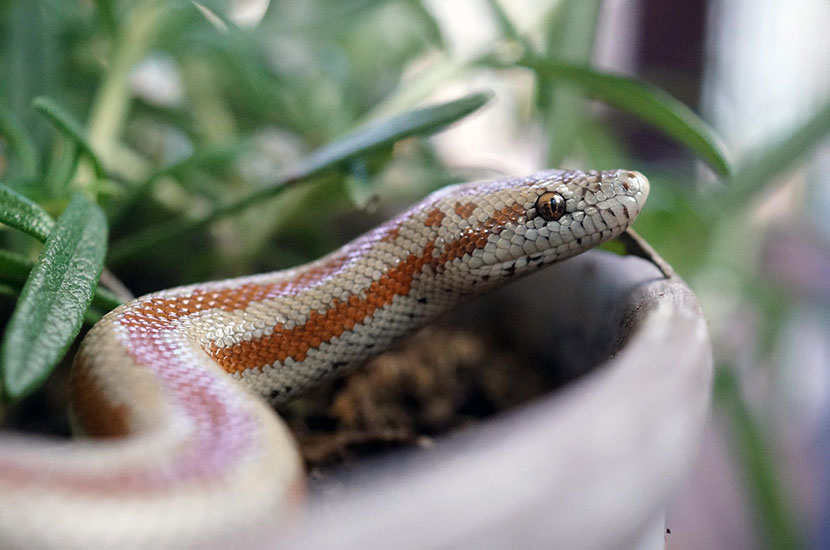
Rosy Boas are a smaller species of snake, typically reaching lengths of 2 to 4 feet. Known for their gentle temperament and attractive coloration, Rosy Boas are suitable for both beginners and experienced snake keepers. They thrive in captivity with proper care and a well-designed enclosure.
Ball Python (Python regius)

Yes, the Ball Python deserves another mention! Their popularity in the pet trade is due to their manageable size, calm demeanor, and a wide range of morphs or color variations. Ball Pythons are often recommended for those seeking a snake that is relatively low-maintenance and easy to handle.
Kenyan Sand Boa (Eryx colubrinus loveridgei)

Kenyan Sand Boas are small, ground-dwelling snakes that are native to East Africa. Their compact size (typically under 2 feet) and unique appearance, with a stout body and distinctive head shape, make them appealing to snake enthusiasts. Kenyan Sand Boas are known for their burrowing behavior, and they can thrive in captivity with proper substrate and temperature conditions.
Conclusion:
Owning a pet snake can be a fascinating and rewarding experience, and choosing the right species is paramount to a successful reptile-keeping journey. Whether you’re drawn to the gentle nature of Ball Pythons, the vibrant patterns of Corn Snakes, or the impressive size of Boa Constrictors, each species on this list offers unique characteristics that cater to a variety of preferences and skill levels.
FAQs:
Q1: Are snakes easy to care for as pets?
A1: While snakes can be relatively low-maintenance compared to some other pets, they require specialized care to thrive in captivity. Proper enclosure setup, temperature and humidity control, and a suitable diet are essential. Prospective snake owners should research the specific needs of the chosen species and be prepared for responsible husbandry.
Q2: Do pet snakes require a lot of handling?
A2: The amount of handling a snake requires varies between species and individual snakes. Some species, like Ball Pythons and Corn Snakes, are known for their docile nature and may tolerate regular handling well. However, it’s important to respect the snake’s preferences and monitor their stress levels. Handling should be done gently and gradually to build trust.
Q3: Are any of these snakes venomous?
A3: The snakes mentioned in this guide, including Ball Pythons, Corn Snakes, California Kingsnakes, Boa Constrictors, Garter Snakes, and Rosy Boas, are non-venomous. It’s crucial to note that responsible ownership and awareness of snake species’ characteristics are essential, especially if considering more advanced or venomous species that require specialized care.
Q4: What size of enclosure do pet snakes need?
A4: The size of the enclosure depends on the species and size of the snake. Snakes should have an enclosure that allows for comfortable movement and includes suitable hiding spots. Owners should research the specific requirements for their chosen species and provide an appropriately sized enclosure to promote the snake’s well-being.
